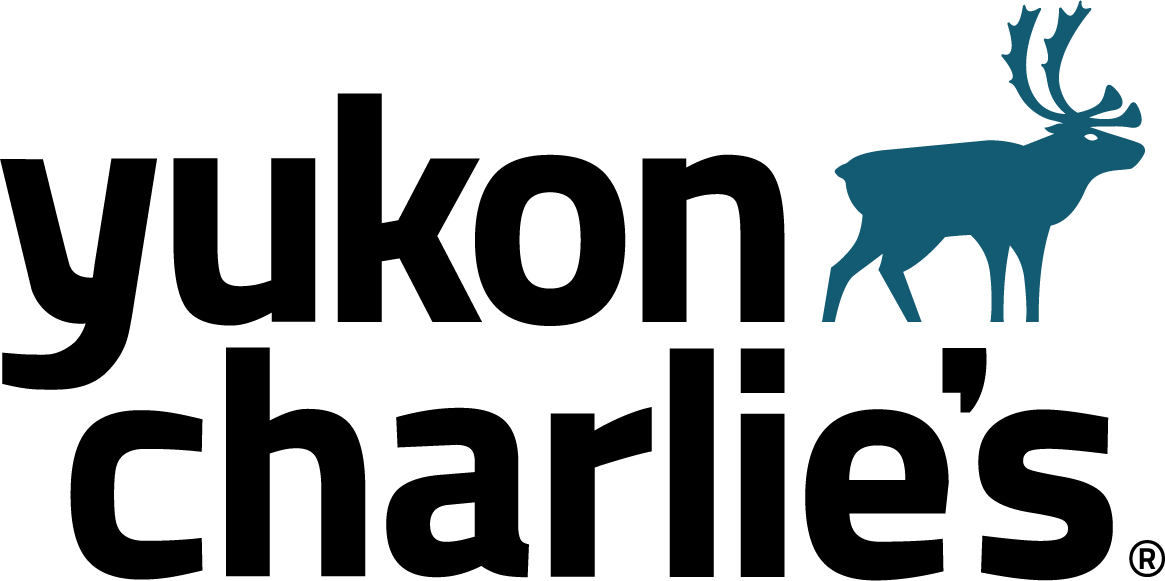Traditional Wooden Snowshoes Vs Modern Aluminum Snowshoes: Which is Better?
Snowshoes are worn to displace your weight on snow, allowing you to float, and making foot travel feasible in wintry climates. Traditional snowshoes are artfully crafted from natural materials. They have evolved into beautiful, functional tools for a variety of snow conditions. Modern styles are manufactured from cutting-edge materials and designed for a wide range of activities, from a casual stroll to the mailbox to high-altitude racing. There are snowshoes kids will love as much as adults.
The First Snowy Steps
Some animals, like snowshoe hares, lynx, and Malamute dogs, have naturally large, furry feet; an evolutionary adaptation for snowy climates. Possibly taking a cue from the wild, snowshoes have been used by humans for over 4,000 years. Originally, they were thick sheets of leather tied onto the feet.
The indigenous North Americans were the first to make the traditional wooden framed snowshoes, rawhide webbed snowshoes we are familiar with. The Inuit used large, triangular or rounded snowshoes, known as “bear paws”, to get through heavy powder. The Cree and Iroquois used longer, narrower snowshoes for better maneuverability in forested areas. “Teardrops” were popular in the exploration and settlement of America. Lumberjacks preferred theirs about 40 inches long and 15-18 inches wide. Trackers preferred shoes that were only 10 or 12 inches wide, with longer tails (up to 5 feet overall).
Today’s traditional wooden snowshoes come in two basic styles. The Eastern version is an oval frame with wood cross bracing. The Western version is a rounded triangle with no cross bracing. The frame, often made of white ash, is a single strip of wood that is bent around a basic form and the butt ends are bound together.
- The bound end, or tail behaves somewhat like a rudder, providing straighter tracking.
- Rawhide lacing is a webbed pattern of knot work, interwoven through the frame, that provides flotation.
- Leather bindings are usually simple straps with buckles that hold your boots firmly on the snowshoe bed.
Advantages
- Wood frames remain flexible even when cold
- Traditional snowshoes are very quiet
- Rawhide webbing does not accumulate snow
- Rawhide webbing provides traction without adding components
- Traditional old-fashioned snowshoes are heirloom-worthy
Disadvantages
- Traditional snowshoes are expensive
- Vintage wooden snowshoes are heavier than modern snowshoes
- Traditional snowshoes require frequent, tedious maintenance
Modern aluminum snowshoes, available since 1972, come in three basic styles; Recreational, Mountaineering, and Racing. They are made with a rectangular aluminum tube frame with rounded ends, and raised toes. The webbing has been replaced with synthetic, solid decking. The bindings are ratcheting straps that can be operated while wearing gloves, and attached to a fixed- or full- rotational base. Cleats and crampons for traction are standard on modern snowshoes. Heel lifts, which provide foot support while on steep terrain, are available on many brands of modern snowshoes.
Advantages
- Aluminum snowshoes are lightweight
- Aluminum snowshoes come in a variety of sizes, and styles
- Modern snowshoes are made for various conditions and specific activities
- Modern additions, such as rotating bindings, cleats, crampons, and heel lifts, add traction and lessen fatigue
- Aluminum snowshoes are relatively inexpensive
Disadvantages
- The synthetic decking on modern aluminum snowshoes can become brittle in the cold and may crack or break
- Aluminum snowshoes offer little flexibility on uneven terrain
- Crampons and cleats can collect ice balls under your feet
The Verdict
Traditionalists stick to their guns, when it comes to snowshoes. So do modernists. Even though many folks have tried both kinds, if you check out the blogs, it almost seems that whichever type you learned on will be the type you’re hooked on.
There are recent developments in snowshoe manufacturing. New composite materials can blend the best of both worlds for a better experience. Designing snowshoes kids want to use has become its own branch of the industry. There are plastic paw prints to strap on their little feet, or professional grade snowshoes that will give them an early start on this health filled activity.
No matter which type you choose, modern or traditional old-fashioned snowshoes, always be prepared for your experience. Be sure to dress properly, stay hydrated, and take the right equipment. Adjustable snowshoes poles with ergonomic grips and wide snow baskets can act as “a second pair of legs” when you run out of steam. We have even used snowshoes poles to build makeshift wind blocks on the slope.
Whether you are a traditionalist or a modernist, snowshoeing is an amazing way to enjoy the great outdoors in winter.






